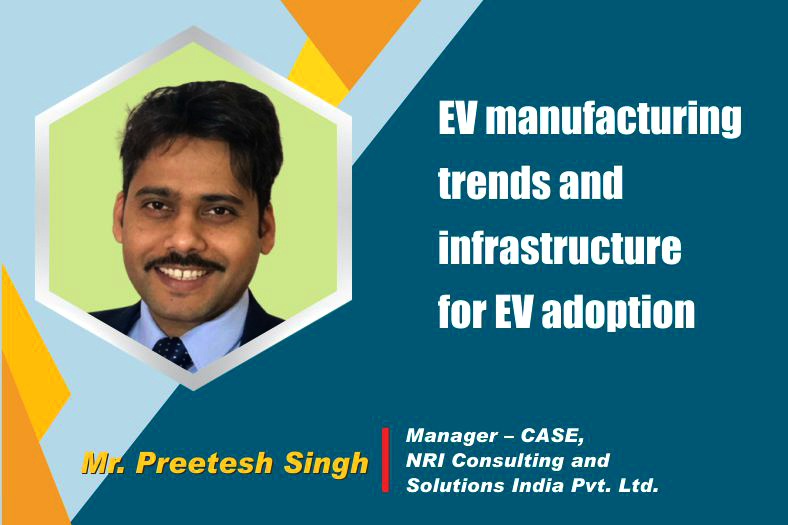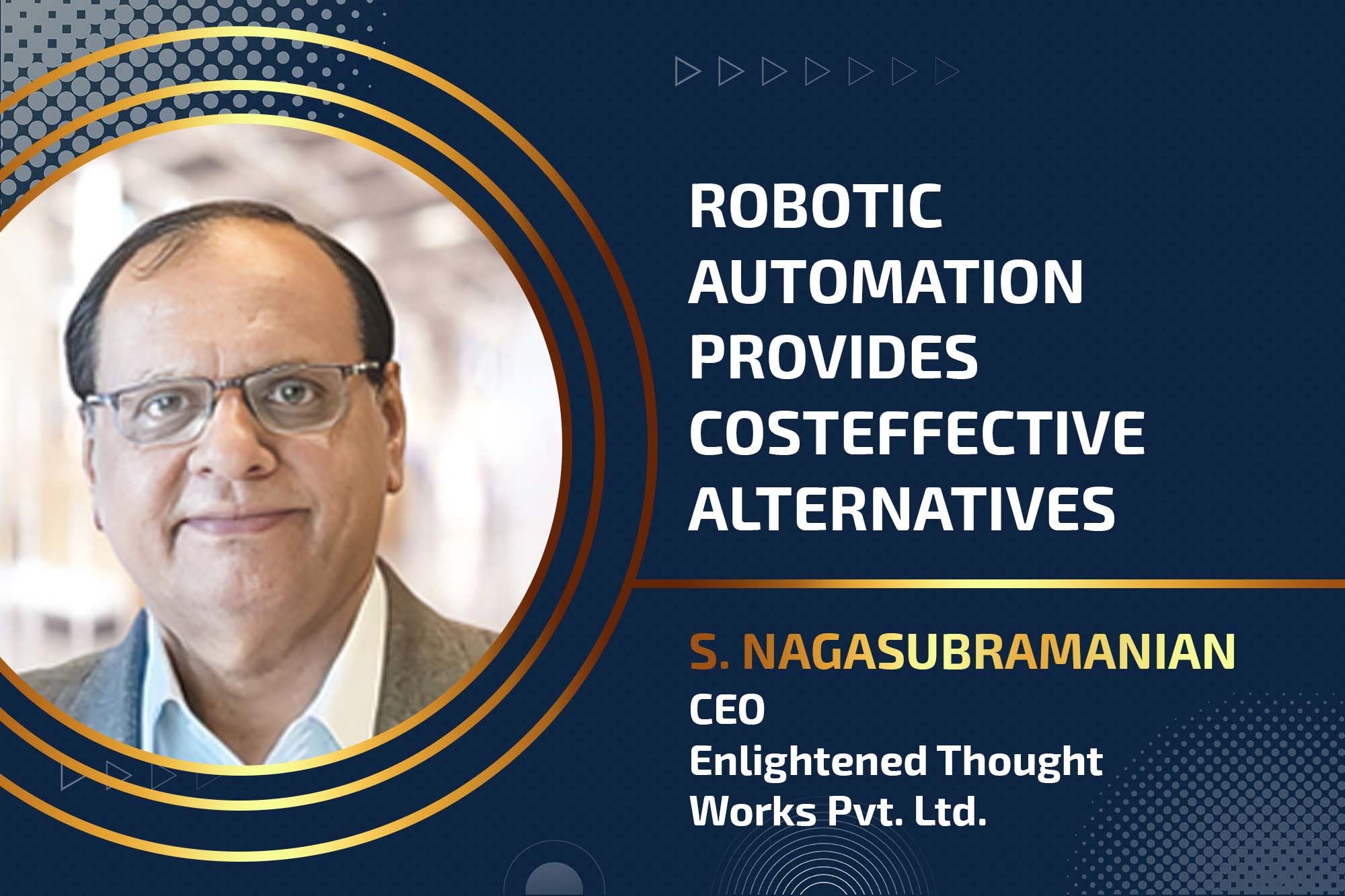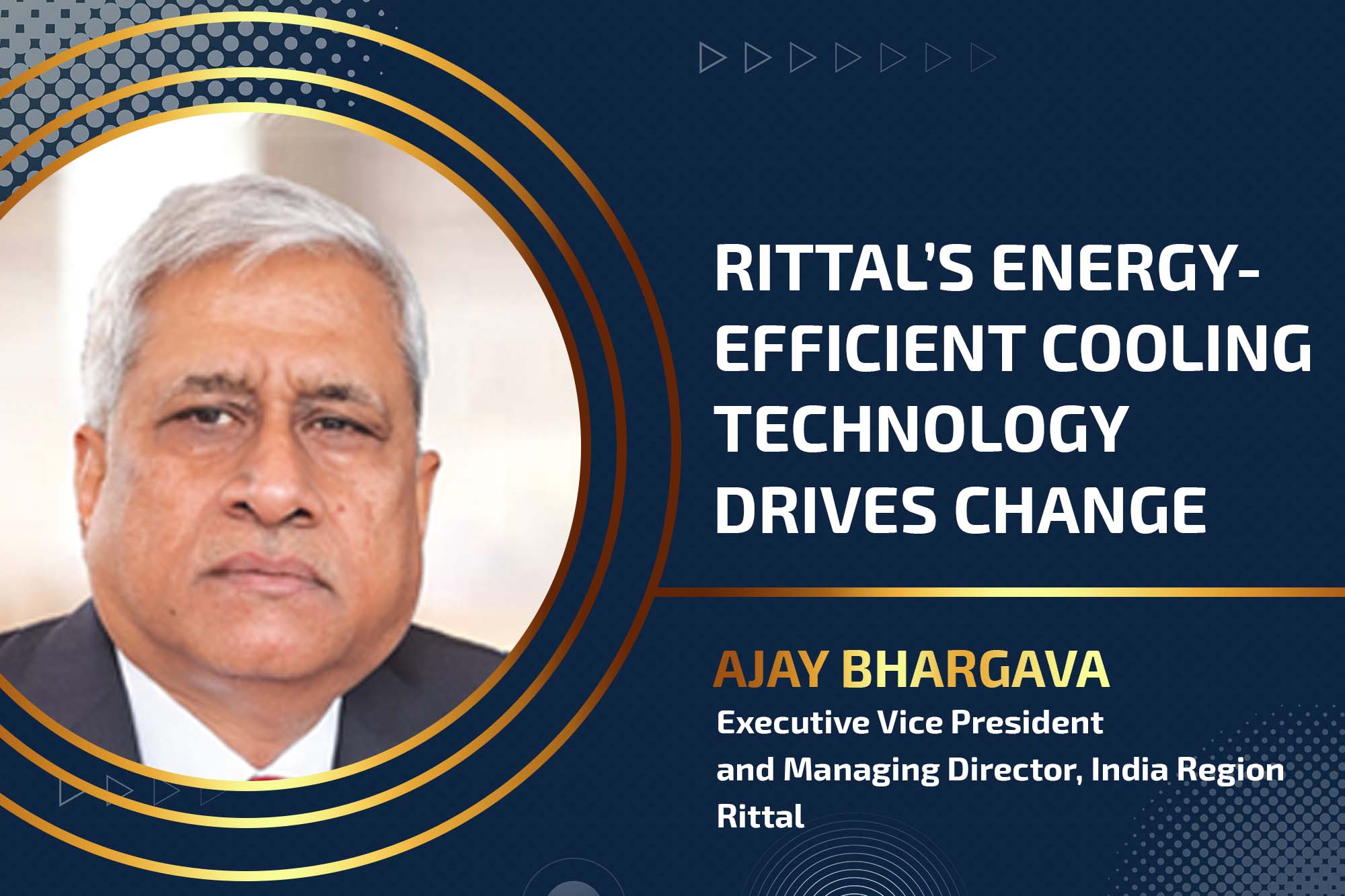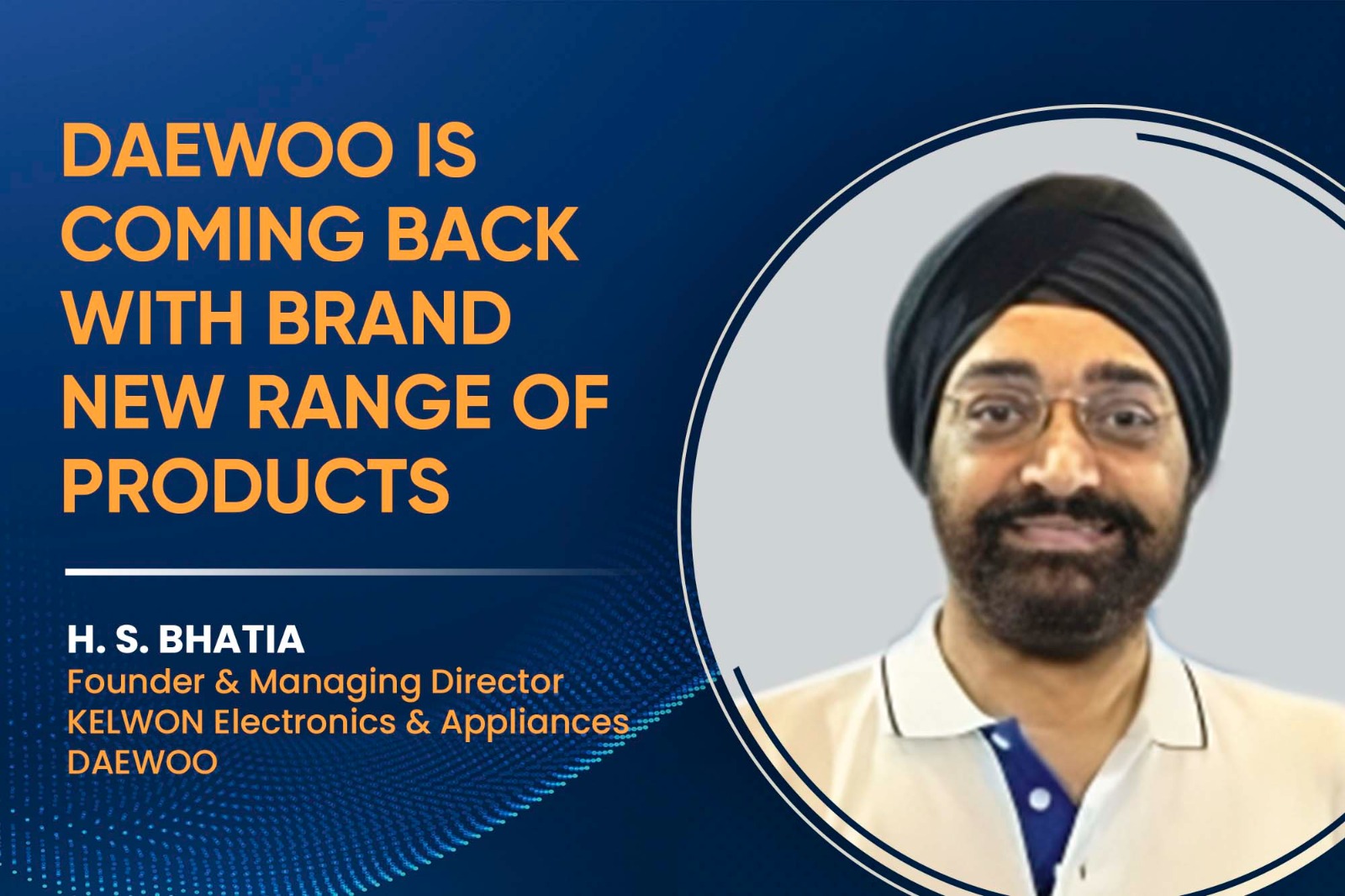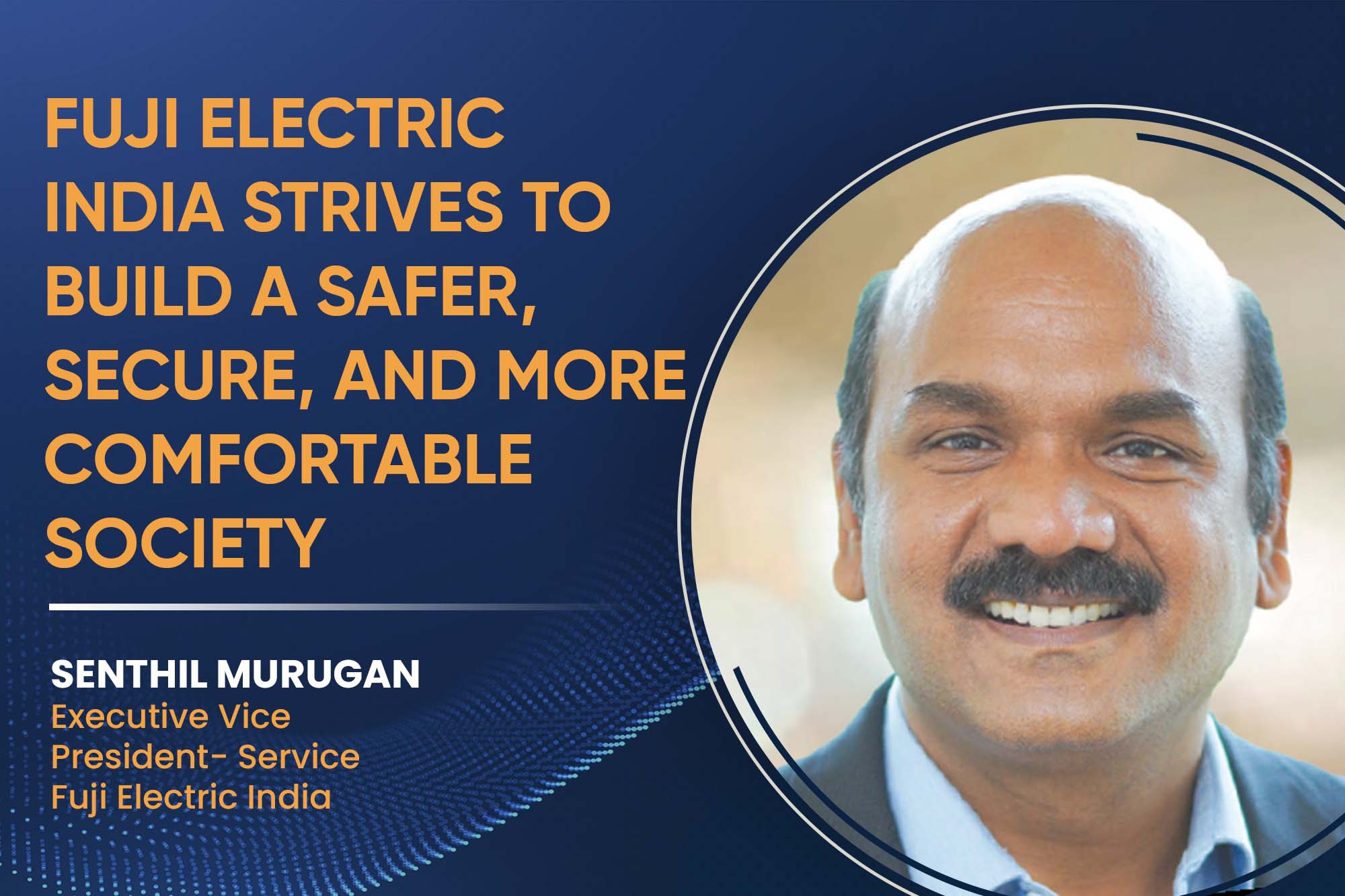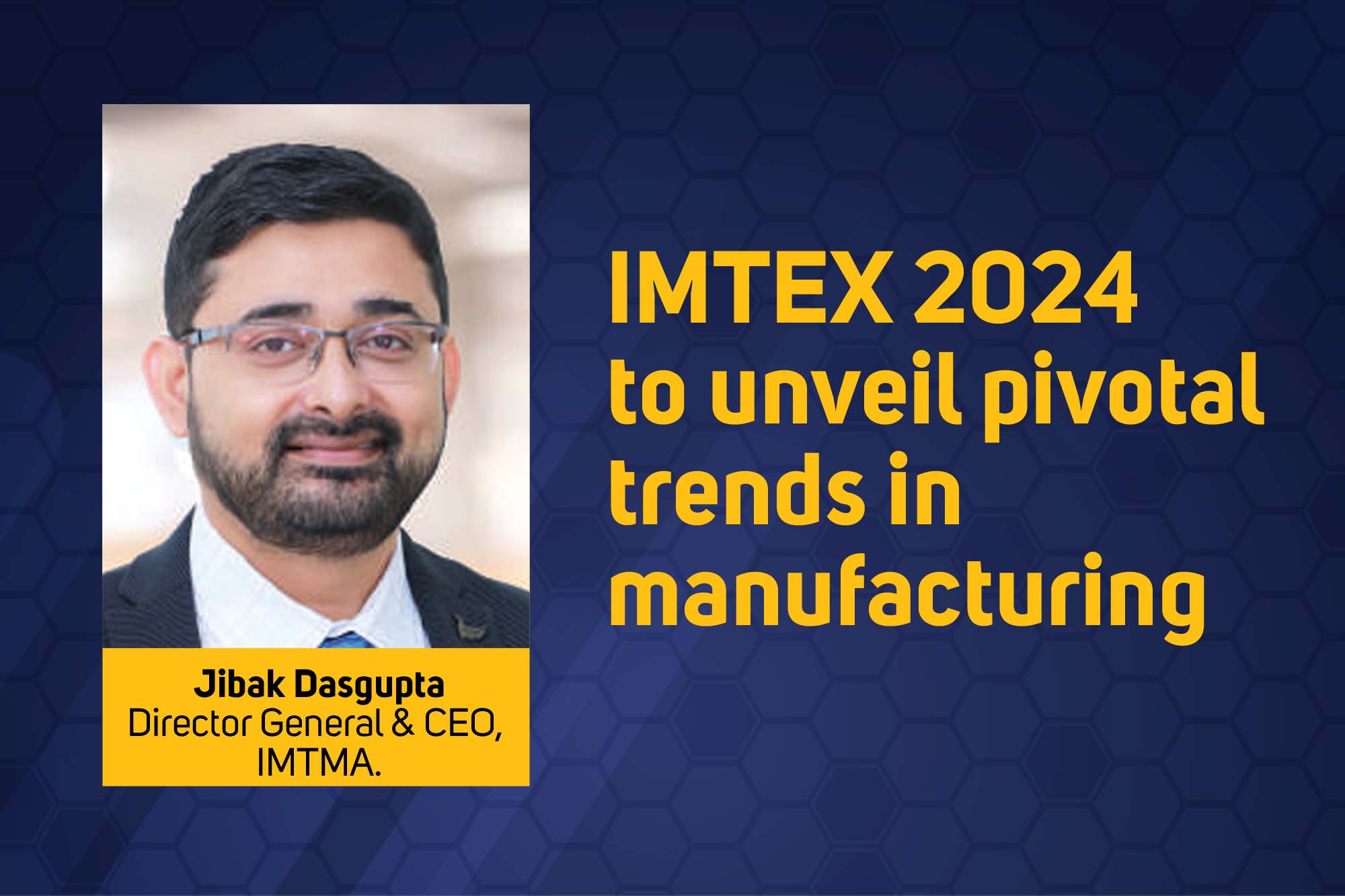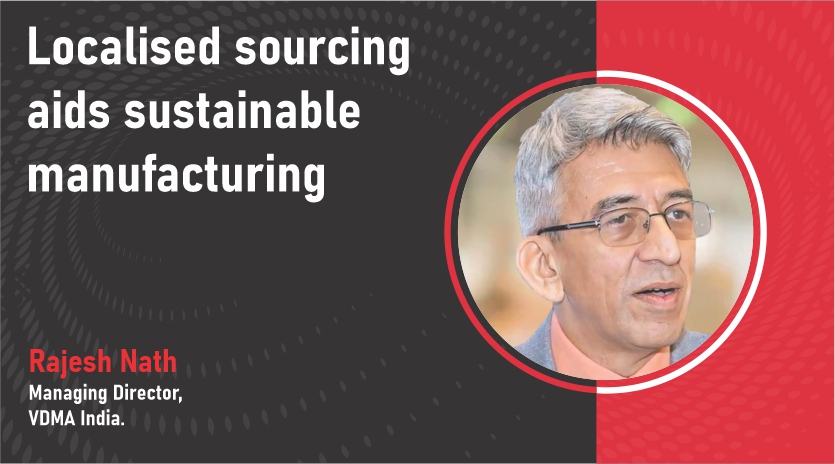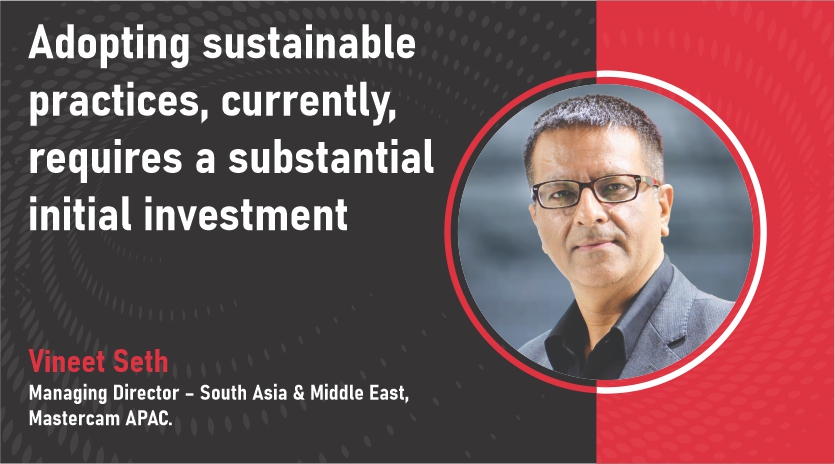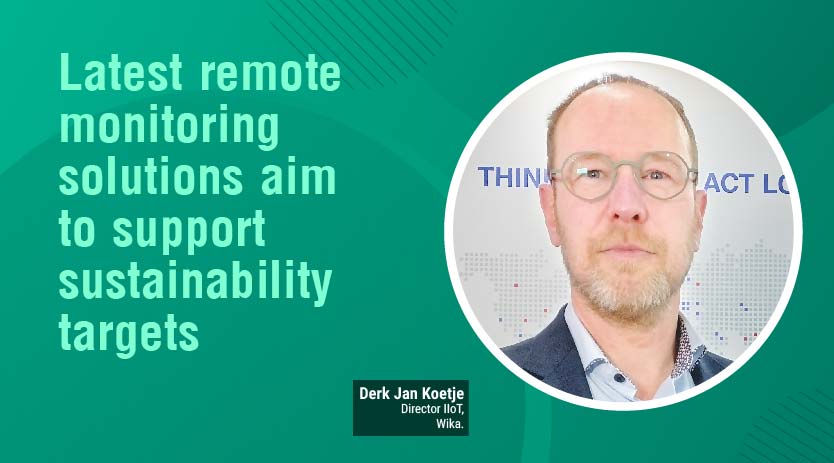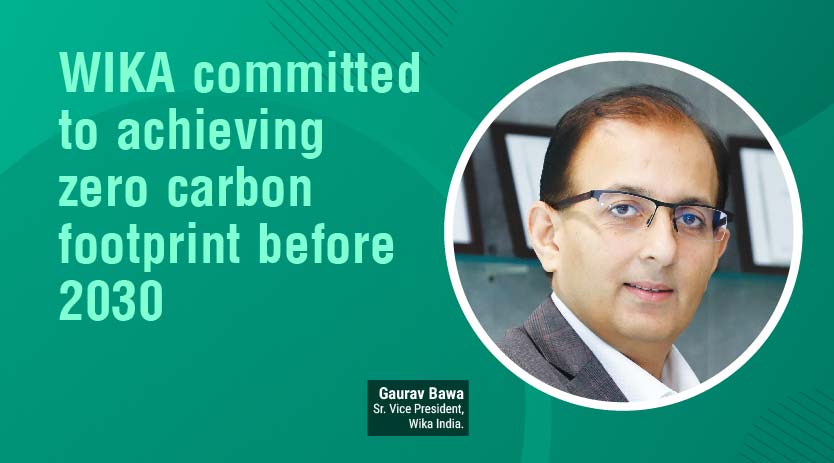EV manufacturing trends and infrastructure for EV adoption
By OEM Update Editorial February 1, 2022 3:32 pm IST
Most of the established OEMs are also launching e-rickshaw products in a market hitherto dominated by small OEMs.
EV sales had started growing substantially since 2016 until COVID-19 impacted the automotive sales overall. The highest EV sales segment is that of 3W. This is on account of rapid proliferation of e-rickshaws which is inexpensive and serves as a cheap option for last-mile connectivity. The segment is gradually moving from lead-acid batteries to lithium-ion batteries. Most of the large and established OEMs are also launching e-rickshaw products in a market hitherto dominated by small OEMs. The sales are yet to pick up for the e-auto category of vehicles but this sector is being hailed as a good potential market for EV considering the recent surge in E-commerce and logistics industry and focus on Total Cost of Ownership.
Many business models have come up in the shared and commercial space. While ecommerce players are utilising 3PL service providers at this stage for deploying EV fleet, ride aggregators are deploying their own EV fleet. The asset risk is owned either by individual owners, fleet operators or logistic service providers. Individuals and fleet owners are the asset risk takers for E-2Ws, whereas the asset is owned primarily by logistic service providers and fleet owners for E-3Ws. In case of E-4W, the asset ownership is prevalent across individuals, 3PL partners, fleet operators & E-commerce players.
Despite having scaled significant heights, the EV industry in India faces some challenges on EV adoption. These are both supply and demand related.
Demand-side challenges
While a particular segment of users is environmentally conscious, another significant chunk is not. Lack of effectiveness of government schemes is another challenge. The FAME scheme aimed to create demand for EV adoption, however has failed to utilise the allocated budget, indicating the low demand from the user.
Supply-side challenges
The supply side challenges include charging infrastructure, lack of manufacturing capacity and lack of bank finance. Lack of manufacturing capacity: Conventional OEMs that command the highest production capacity continue to focus on ICE vehicles production. The EV production plants are expected to take time to be up and running.
Lack of bank finance: EVs being a new product in the market, financiers are hesitant in offering loans for the same. In India, the majority of the vehicles are bought through vehicle financing and hence this lack of bank finance is a detriment to adoption. Financing is one of the key barriers for EV transition in India. EV buyers face a variety of challenges including high interest rates; low loan to Value ratio (LTV); limited availability of specialised finance options and high insurance rates. High financing cost and uncertainty around long-term economics, including resale value, remain a big issue for financial institutions (FIs). This might encourage end consumers to go for unsecured loans from the unorganised sector even on higher interest rates. In addition to this TCO parity, availability of incentives, use cases and stakeholders are different for different vehicle segments. This requires the urgent need for govt., industry and financial institutions to collaborate to address the EV financial challenges.
Charging Infrastructure: The total number of charging stations in India are estimated at ~1500, which is significantly low for a country of the size of India. Unavailability of charging infrastructure induces range anxiety to the end user.
Availability of charging infrastructure is essential to increase the acceptance of electric vehicles amongst consumers. Keeping this in mind MHI has sanctioned 3,397 stations under FAME-I & FAME-II. Under FAME-I, 427 charging stations were established in different cities of India. This also includes charging stations established on some well-known highways connecting major cities from Delhi and Mumbai.Under FAME-II, 2,877 stations have been sanctioned with the target of PAN India coverage. Top 5 states (Maharashtra, Tamil Nadu, Gujrat, Andhra Pradesh and Madhya Pradesh) have been allocated with ~48% of total charging stations under FAME-II. Effective implementation of these charging stations is likely to positively impact the consumer sentiments towards apprehensions about charging vehicles and range anxiety.
India has devised a 3 pillar strategy to promote local manufacturing ecosystem development for EVs – FAME-II restrictions, import restrictions and fiscal incentives or PLI to address import dependency issues and support local manufacturers to develop the capacity to make and scale the EV components. The overall idea is to achieve maximum localization of components for which India has or can develop the capability with the Government’s support and OEMs investment in EV.
In the Union Budget 2021-22, presented in February 2021, the Finance Minister of India announced an outlay of INR 1.97 Lakh Crores for the Production-Linked Incentive (PLI) schemes for 13 key sectors, aiming to boost local manufacturing and generate employment opportunities for the country’s youth. The current plan as a result of PLI schemes would lead to a minimum production of over INR 36 Lakh Crore in 5 years. Total incentives planned for ACCs will be INR 18,100 Crores in the period of 5 years. Following is the breakup of incentives.
Value addition shall be construed as the percentage of manufacturing activity (manufacture ACC) being undertaken in India, by the beneficiary firm either on its own or through ancillary units or via domestic manufacturers.
Recently the bidding process has been completed. It received encouraging responses in which a total 10 companies applied for the bid with a cumulative capacity of 130 GWh. This program is expected to result in developing cell manufacturing capability with a very high level of localization. Battery prices are likely to go down if cell manufacturing capability develops in India which in turn drives the demand of electric vehicles.
Way Forward
We need to think about reuse and recycling of electric vehicles also. Obviously, there are challenges in future due to the limitations of the resources, so reuse is very important. In terms of recycling, it’s a new opportunity. You can see oligopoly market structure partnerships in recycling, and several kinds of strategic collaborations are going to be there. So for companies operating in recycling, this is again a lucrative area.
Further, market creation and local supply chain development are prime areas needing focus. Market Creation involves long term policies with clearly defined quantitative targets that are needed. Incentive utilisation to be monitored and tweaked in case of low uptake along with need for charging Infrastructure expansion to be fast-tracked. And, of course EV awareness campaigns at national level are needed.
For local supply chain development, rise of duty under PMP can be given some more time considering low scale. The PLI, recently introduced government incentive, is a welcome step and inclusion of SMEs and incumbent players can be considered. Policies to encourage investments in core materials and/or policies for battery recycling are needed early on.
Cookie Consent
We use cookies to personalize your experience. By continuing to visit this website you agree to our Terms & Conditions, Privacy Policy and Cookie Policy.



